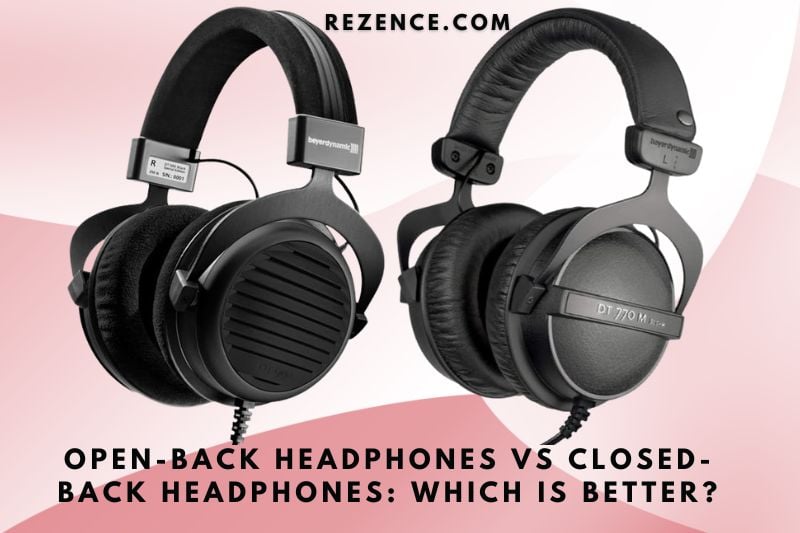Closed-back Headphones
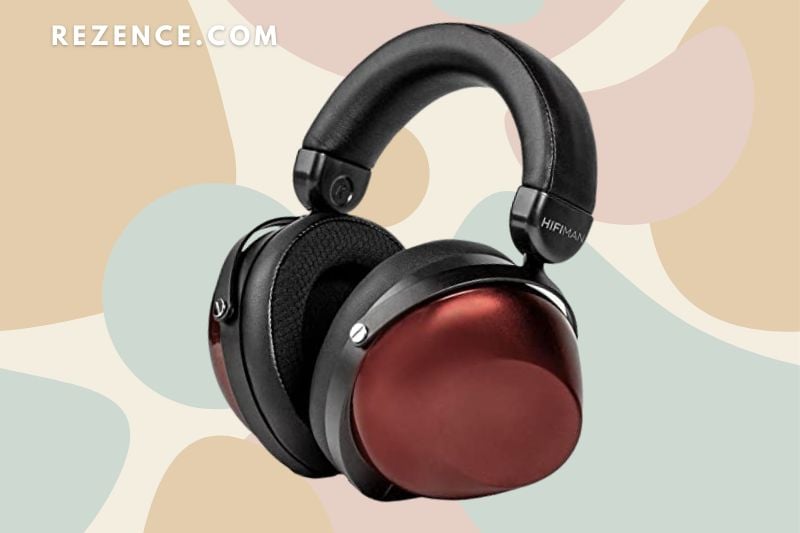
The basics
Closed-back headphones are constructed exactly as the name implies. Closed-back headphones have a sealed casing that prevents sound from escaping. This has the same impact on outside sounds, providing excellent isolation. These headphones will feel more solid and chunkier than their open-back rivals.
A brief history
Closed-back headphones were primarily utilized by the military and radio/telephone operators before 1937. Beyerdynamic produced the DT 48 headphones, the first consumer-grade headphones, in response to a market gap. They were quite popular, but they couldn’t play audio in stereo.
By 1958, the Koss SP/3 stereo headphones, the first contemporary closed-back type, had taken the globe by storm. Since then, manufacturers have pushed the boundaries of headphone design to provide more realistic sounds, greater isolation, and active noise cancellation. As a result, closed-back headphones are among the most popular kinds on the market today.
Performance
Closed-back headphones are popular because they block out the outside world, allowing the music to take center stage. You’ll notice a minor bass response increase and some passive isolation. Closed-back headphones simulate being in the studio with individuals you’re listening to by offering passive noise cancellation.
This performance trait is ideal for situations requiring intense attention and concentration. Closed-back headphones are also the preferred option for studio use. They allow you to monitor quiet instruments or conversations without worrying about the sound from your headphones being picked up by your microphone.
Key points
- The closed housing seals around your head, preventing sound and air leakage.
- Isolate yourself from the outer world.
- Improved bass response
Advantages Of Closed Back Headphones
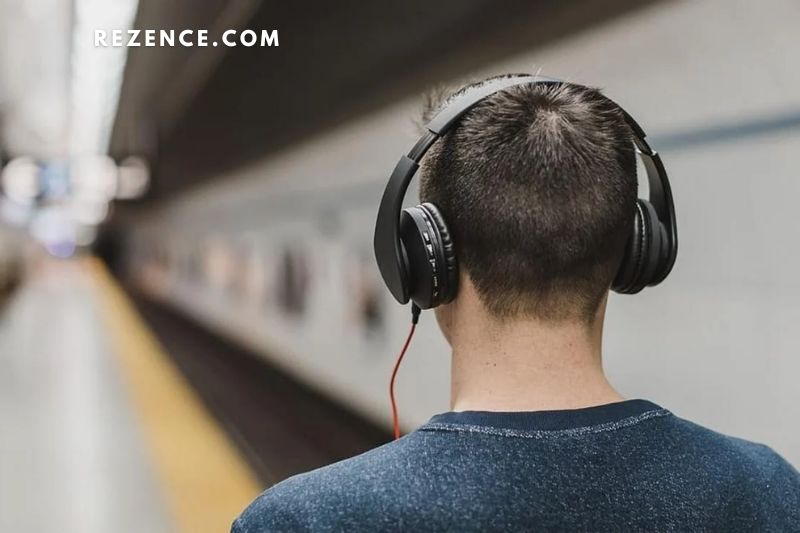
Better As Portable Headphones
Most headphone firms design their portable headphone options to be closed-back to benefit from noise isolation.
As a result, many more closed headphones are meant to be taken with you when you leave the house.
Smaller form factors, folding headbands, and durable design aspects can all play a role in a buyer’s decision-making process.
Noise Isolation – Closed Back Headphones Are Better At Blocking Noise
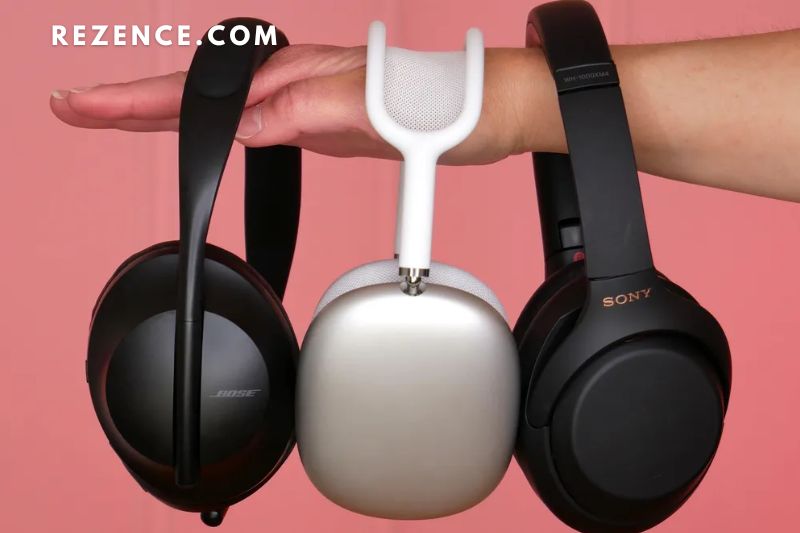
The capacity of closed-back headphones to separate the user from undesirable external noise is, without a doubt, its strongest feature. They perform significantly better than open headphones.
The user’s ears will be encased in a closed earcup, considerably minimizing noise from the outside world. This makes them significantly more suitable for commuting and loud situations, where they may assist to retain your bubble and, at times, your sanity.
Some closed-back versions, particularly those aimed at the DJ market, such as the Sennheiser HD-25 and V-Moda Crossfade, can block out the bulk of background noise and are ideal for users working in noisy locations who do not want to invest in noise-canceling headphones.
They Usually Have Greater Bass Quantity
While open-back headphones might have a lot of basses and sound great, they generally have less impact than closed headphones. Closed headphones have a greater potential to generate an impression since they trap air in a limited region.
While this is not often the most significant aspect of sound, many people consider deep-thumping bass a big selling feature, and closed headphones are typically preferred.
Open-back Headphones
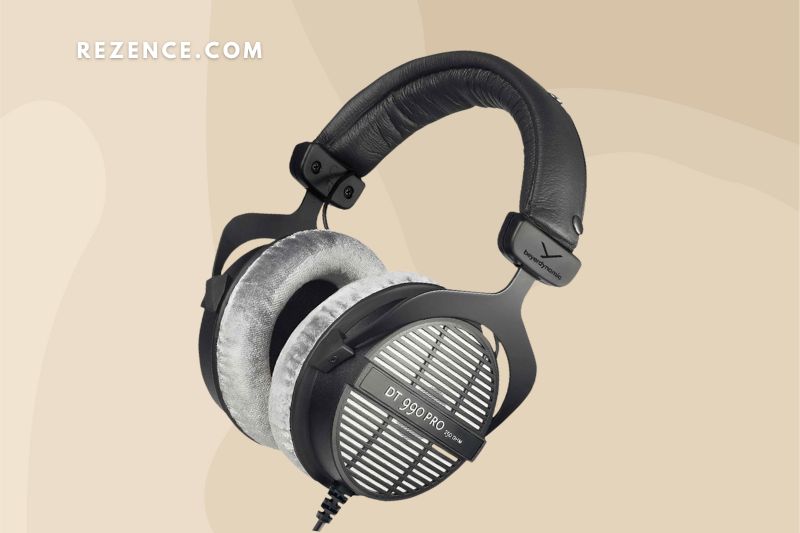
The basics
The design of open-back headphones is similar to that of closed-back headphones, with one key difference between open and closed headphones. Built-in holes in the outer casing let air and sound freely travel through the earcup. A perforated housing reduces pressure buildup and promotes a more natural sound, making it perfect for critical listening. They’re light and quite comfortable to wear for extended periods.
A brief history
Sennheiser’s HD 414 headphones were the first open-back headphones to enter the market in 1968. They sounded less boxy than closed-backs and had a lightweight, low-profile design.
Consumers and experts immediately fell in love with the design, utilizing it alongside previous generations. Since then, companies like Beyerdynamic, Focal, and AKG have pushed open-back headphones to new heights of performance, affordability, and comfort.
Performance
Open-back headphones’ better sound reproduction comes at the sacrifice of isolation. Because open-back headphones do not block out ambient noise, anyone close will be able to hear what you’re listening to.
However, the lack of seclusion results in a listening experience in a league of its own. Instead of sounding like you’re in an isolation booth with a vocalist, they sound like the singer is giving you a private performance in the comfort of your living room. Open-backs are ideal for critical listening, mixing, and everyday use at home.
Key points
- The perforated housing allows air and sound to flow easily in and out of the earcups.
- Produce a light, airy sound.
- There will be no solitude.
- The Benefits of Open-Back Headphones
Advantages Of Open Back Headset
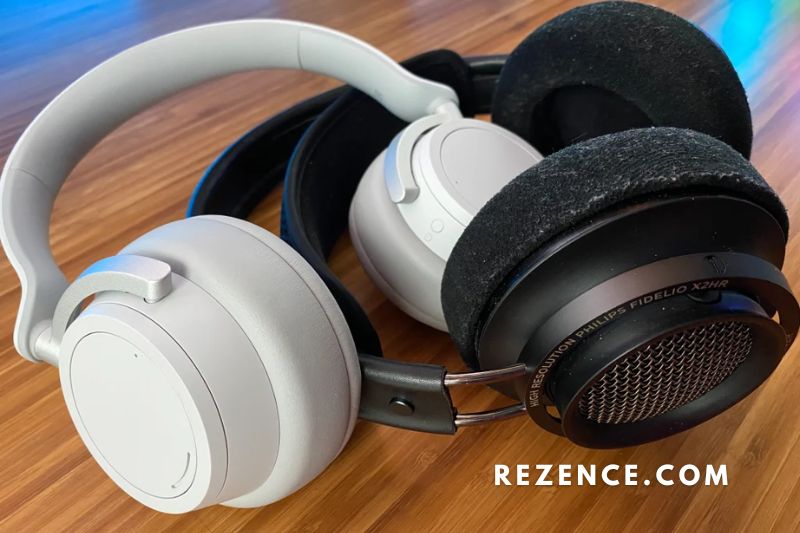
Weight
Because entire outer ear cup shells are not used, you need fewer materials pound by pound. Closed-back headphones will have a lot of extra material on the earcups, but that’s not the whole story. Manufacturers of closed-back headphones must also limit undesirable resonance in the chamber. Therefore additional material is frequently included at the rear of the headset to offer sound damping.
That weight is also placed further away from your ears on the exterior of the cups in this situation, making them feel heavier than they are owing to the idea of leverage. Again, as with heat buildup, weight may significantly affect comfort during extended periods.
Goodbye Sweaty Ears
Consider this if your ears aren’t contained within a little box. You will be much more comfortable if they can get some fresh air moving around them. By selecting an open-back headphone, you may avoid heat buildup and enjoy longer, more pleasant listening sessions.
The grills on the rear of these headphones vent not only the drivers but also your ears. It facilitates heat dissipation and passive cooling. Closed-back headphones may grow rather hot, and many individuals find that they need to take a break every several hours. Open-back headphones may be a viable alternative if you can relate to this issue.
Open Back Headphones Have Better Sound Quality
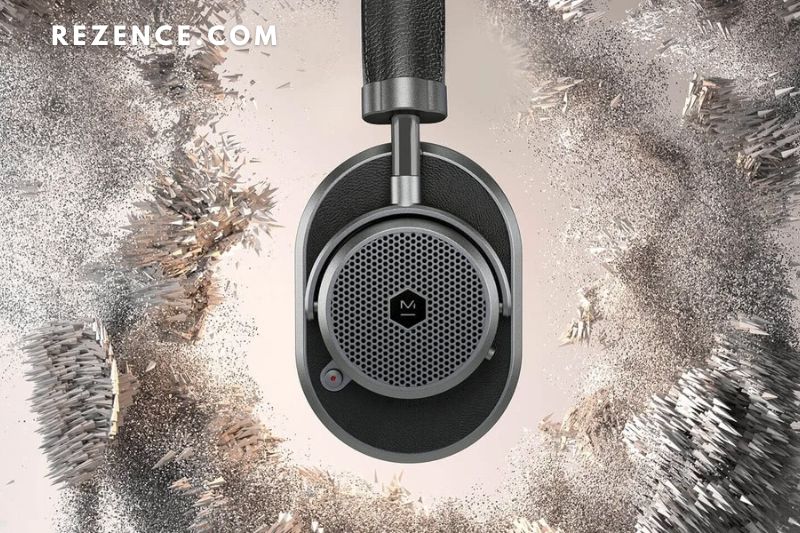
In my experience, people who seek the highest sound quality from their headphones should almost always consider open-back headphones. Although there are rare exceptions, most audiophile-grade headphones are adequately ventilated.
Focal Utopia, Audeze LCD series, and Sennheiser HD800 headphones are among the best-sounding on the market today. They all have one thing in common as well. All of them are open-back headphones.
The driver’s capacity to breathe freely without restriction from pressure, along with a typically more out-of-the-head and open listening experience, appears to bring open-back headphones closer to true Hifi speaker systems than their closed-off counterparts.
It’s a distinct, airy, wide sound, whereas closed-back headphones often have a tighter sound with deeper bass response.
As previously said, there are some outstanding closed-back headphones, but it is more probable that a given brand’s flagship headphones will be open-backed rather than closed-backed.
More Advanced Driver Options
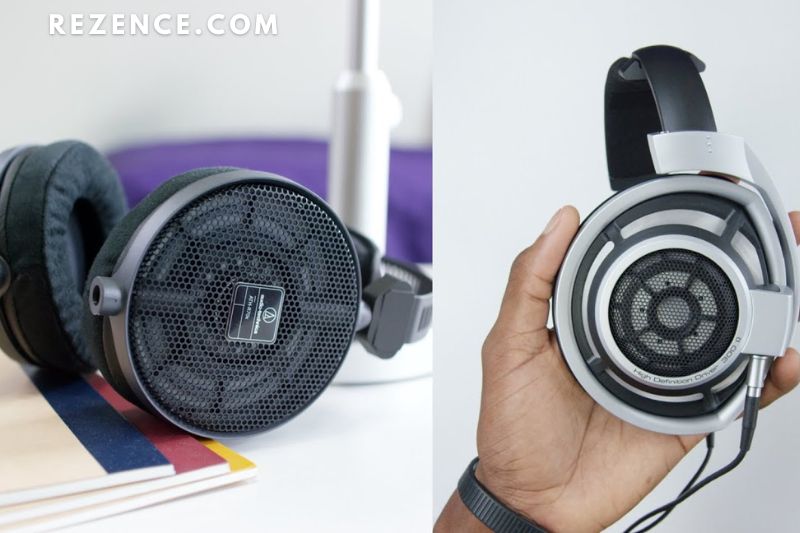
While companies like Audeze now provide planar magnetic drivers within closed-back headphones, their technology lags considerably behind that of open-back headphones.
Companies have been producing open-format Planar and Electrostatic headphones for many years, and the technology is well-established and mature. Closed-back designs are improving, although they are still strongly reliant on the dynamic driver structure.
By purchasing an open-back headphone, you give yourself up to a wider range of designs and technology that are considerably more mature than their closed-back counterparts.
Closed Vs Open Back Headphones: What to Use in the Real World?
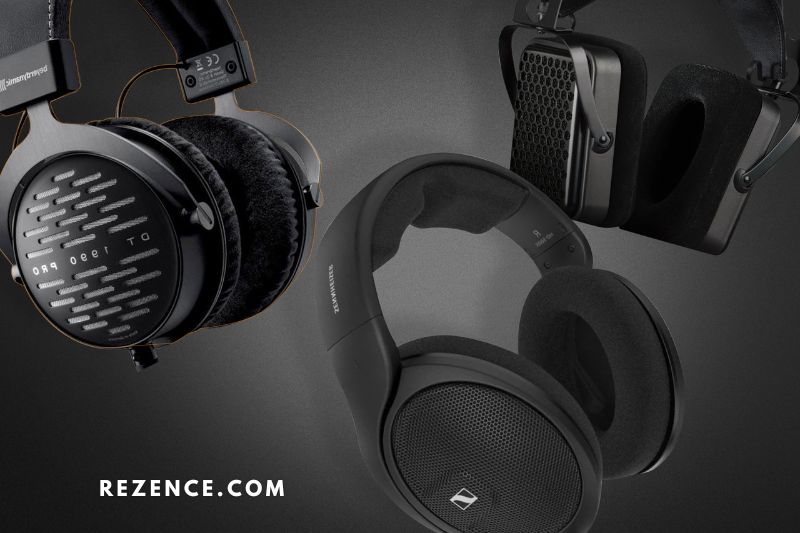
Knowing how the construction affects the overall sound is a fantastic place to start when looking for a new set of cans. But when it comes to the dispute between open-back vs. closed-back headphones, you need to know more. Because we know you’ll be using your headphones in the real world, we decided to create some common listening scenarios and propose the sort of headphones we’d use.
Streaming
You’ll want comfortable headphones for extended periods, whether you’re gaming, producing music, or cooking. In this case, the decision between open-back and closed-back headphones is entirely up to you. Closed-back headphones are ideal if you’re streaming with loud roommates or need to be laser-focused.
Choose open-backs if you need to hear what’s going on around you or if you need to keep your voice at a moderate level. Professional gamers like Ninja have also gone on the open-back bandwagon. On stream, he wears Beyerdynamic DT 990 Pros to monitor his vocal loudness.
- Read also: How To Clean Headphones Without Ruining Them?
Studio use
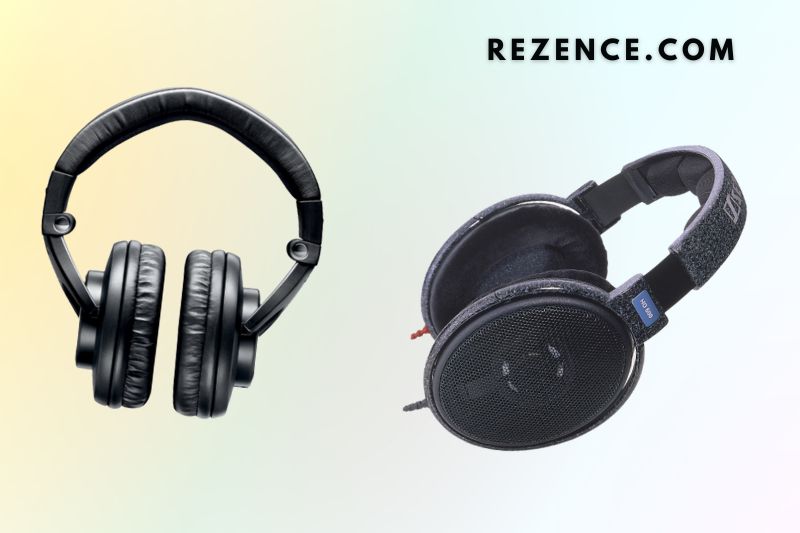
The studio is where you’ll need a good pair of headphones. For the most part, closed-backs reign supreme.
The Audio-Technica ATH-M50x monitoring headphones are excellent for reducing click bleed while recording quiet instruments and vocalists. And if you’re shredding solos into a dimed Marshall, a set of Beyerdynamic DT 770 M 80s will keep your ears safe.
Open-back headphones are the way to go if you’re mixing and mastering at home and don’t have a pair of studio monitors. They feature the flattest response of any headphones you’ll come across. Furthermore, they are an excellent depiction of how your tunes will sound when played via the headphones of your listeners. The AKG K240 semi-open studio headphones are recommended.
Listening in the office
If you don’t have a door, this one is straightforward: closed-back. Closed-back headphones ensure that no one but you can hear your music. Take it from us: your neighbors will appreciate you sporting fashionable AKG K92 closed-back headphones.
If your office is noisy and you have trouble concentrating, consider a set of wireless headphones with active noise cancellation, such as the Shure AONIC 50.
Listening at home
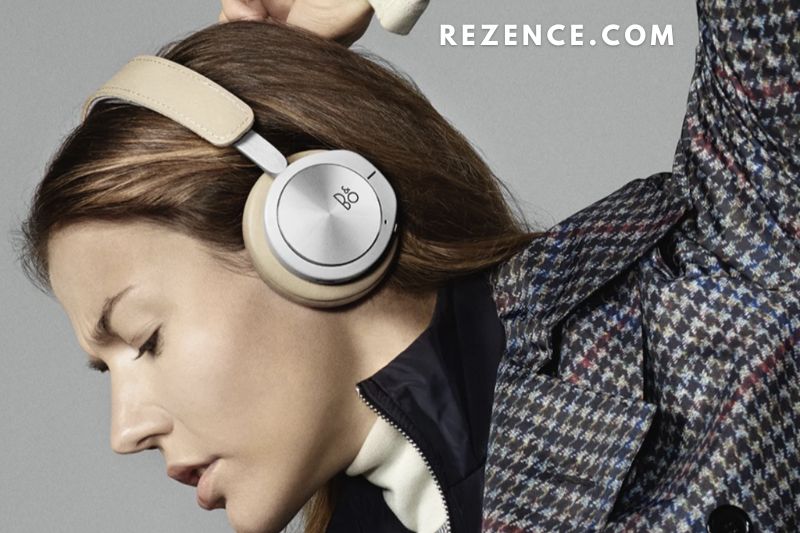
When you’re at home, you have the flexibility to wear any headphones you choose. When you’re alone or with someone who doesn’t mind hearing some weak music, use Shure SRH1840s.
If you have overnight guests or need some peace while your upstairs neighbors enjoy a party, Sennheiser open back headset will come in handy.
Listening in public places
It’s not always a good idea to subject folks to your music in public, especially when you’re 30,000 feet over the Pacific Ocean. While we think the Beastie Boys are wonderful, the rest of the passengers on your trip don’t.
When playing music over your phone’s speaker is improper, you should wear closed-back headphones. Try out the JBL Lifestyle Live 400BT on-ear headphones for public transportation and other circumstances.
- Read also: Is It Illegal To Drive With Headphones?
FAQs
Are open-back headphones better for mixing?
There is no simple answer to this question, as it depends on various factors. Open-back headphones generally provide a more natural sound, while closed-back headphones are more isolated. This can be beneficial for mixing, allowing you to hear the music more clearly.
However, it is also important to consider the type of music you are mixing and your personal preferences. Ultimately, the best way to determine which type of headphones is best for mixing is to try both and see which you prefer.
What are the best open-back headphones for movies?
However, some factors to consider when choosing open-back headphones for movies include sound quality, comfort, and price. Additionally, it is important to ensure that the headphones you choose are compatible with your movie-watching setup.
For example, if you are using a Blu-ray player, you must ensure that the headphones you choose are compatible with that player.
What are the best closed-back headphones for gaming?
First, you’ll want to ensure that the headphones are comfortable to wear for long periods. Second, you’ll want to ensure that the sound quality is good enough to give you an immersive gaming experience. Third, you’ll want to ensure that the headphones don’t leak sound so that you don’t disturb others around you.
Finally, you’ll want to ensure that the headphones are compatible with your gaming system. With all of these factors in mind, we’ve compiled a list of the best closed-back headphones for gaming to help you make your decision.
What are the benefits of open back headphones vs closed back?
Open-back headphones allow air to flow through the back of the ear cups, which provides a more natural sound. They also tend to be more comfortable and have less of an “in-ear” feel. Closed-back headphones block out external noise and provide a more immersive listening experience. However, they can cause ear fatigue after extended use.
Do open-back headphones leak sound?
Open-back headphones are designed to allow air to flow through the back of the ear cups. This can provide a more natural sound and a wider soundstage, but it also means that open-back headphones can leak sound. If you’re using open-back headphones in a quiet environment, you may disturb those around you.
However, the sound leakage may not be noticeable in a noisy environment. If you’re concerned about sound leakage, you can try wearing noise-canceling headphones over your open-back headphones.
Conclusion
There are many factors to consider when choosing headphones, and the type of headphones (closed back vs open back headphones) is just one of them. Open-back headphones provide better sound quality but may not be as comfortable or portable as closed-back headphones.
Ultimately, deciding which type of headphones to purchase depends on your individual needs and preferences. Thanks for reading this article!

